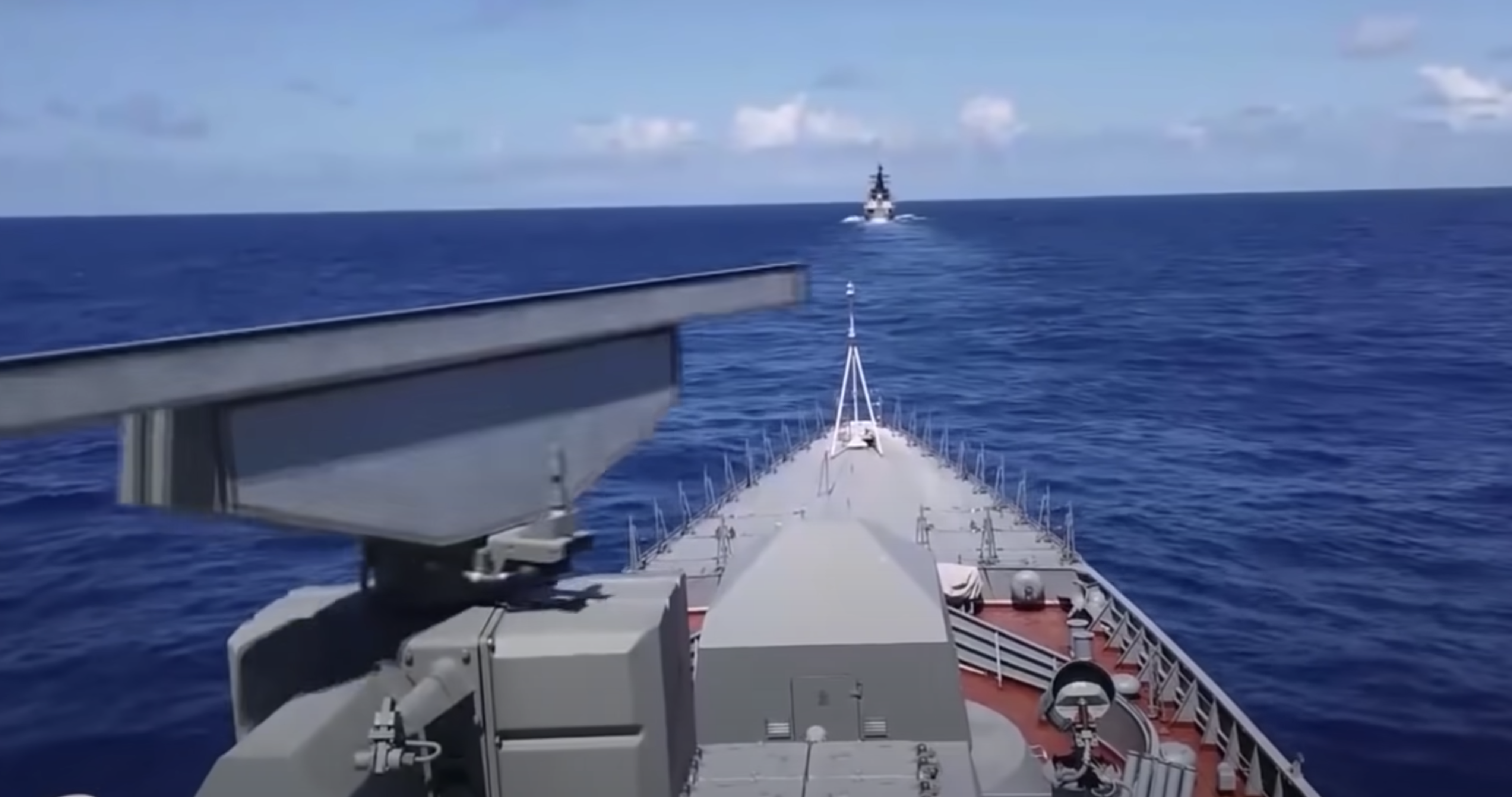The Timeline to the War in Ukraine: 2022: June 2021
Earlier today, I had a chance to talk with a German friend about the current Ukraine War and its consequences.
In particular, we were discussing the German reactions and what they mean in the short and mid-term.
And in the course of the discussion, he noted that the war was a shock, and that as recently as the Munich Security Conference, the consensus was that a major war in Ukraine was not likely to happen.
Putin was not considered this irrational.
But the signs were clearly there that President Putin had turned a corner with regard to the West, and was focusing on a more direct approach towards confrontation with the West.
He had steered the country towards greater economic independence and had already learned to live with sanctions.
He had made it very clear that Russia was at war with the West, hybrid and otherwise, and this level of conflict conflict could be a surprise, but not his underlying approach.
And no amount of rhetorical support for freedom, and failure directly to confront the 21st century authoritarianism will stop their efforts to change significantly the course of world history and the new rules for global governance.
So let me put together a timeline starting in 2021 where Putin and his regime have made clear their intentions.
I was in Hawaii in August 2021 to talk with the U.S. military commands and learned of a major even that had occurred in the Pacific generated by the Russians.
There is oft repeated statement from the Obama years, credited to John Kerry, that Russia is only a regional power.
The question though is what region are they focused upon — Europe, Asia or the Middle East/North Africa?
Of course, one can go back to the collapse of the Soviet Union to start the narrative, and I have already done that in an earlier article, cited at the end of this one.
But for the Ukraine War of 2022, let us start with June 2021.
In June 2021, the Russian Ministry of Defense highlighted that they had exercised off Hawaii and practiced “destroying the aircraft carrier strike group of the mock enemy” and delivering a simulated strike with cruise missiles against “critically important” military infrastructure.
“To create the situation as close as possible to the real one, the grouping of the forces of the Pacific Fleet was divided into two tactical groups, one of which played the role of a conditional enemy and opposed the main forces of the grouping of the fleet in the far sea zone.”
The Ministry said that “two detachments of ships, which were operating about 2,500 miles southeast of the Kuril Islands, “worked out the tasks of detecting, countering and delivering missile strikes against an aircraft carrier strike group of a mock enemy.”
This was of course of direct use to its deepening working relationship with China who would have to be concerned about what the U.S. Navy might or might do when the Chinese would prepare their invasion of Taiwan.
And there can be little question that the two authoritarian powers are playing off of each other with the perceived weakening of the liberal democratic system, with the perceived cultural weakness of the system as perceived by Putin and Xi, about which I will much more later in this series.
Notably, the Russians came as close to 20-30 nautical miles off of the coast of Hawaii. Russian bombers participated in the exercise and conducted simulated missile strikes. According to the Russian Ministry of Defence: “The planes spent more than 14 hours in the air, having covered about 10,000 kilometers during this time. The Tu-142M3 in the near zone was escorted by the MiG-31BM high-altitude interceptor fighters of the Pacific Fleet.
“During the exercise, the naval aviation of the Pacific Fleet also solved the problems of searching for and tracking submarines of the imaginary enemy. To this end, over the waters of the Sea of Okhotsk and the Pacific Ocean, six Il-38 and Il-38N anti-submarine aircraft” were involved in pairs, the press release said.
For the U.S. forces in Hawaii, this is a manageable threat, but the political signal was very clear, very clear indeed.
The political signaling piece is what I am highlighting here
In his article on the exercise by Thomas Newdick he puzzles over the absence of a U.S. response:
“Meanwhile, a senior U.S. Navy officer warned last year that his service no longer considers the East Coast of the United States as an “uncontested” area or an automatic “safe haven” for its ships and submarines as a result of increased Russian Navy underwater activity in that area. It was only a matter of time until a similar reality came into play in the central Pacific.
“As the Russian Navy increasingly ventures further afield with long-range exercises of this kind, it could be that the service’s warships, submarines, and aircraft become a more common sight close to Hawaii’s shores, too. Still, clear communications, or a total lack thereof, by the Pentagon in relation to this ongoing situation in the Pacific is what is most puzzling. It is possible that the Navy did whatever it could to make it a non-issue prior to the meeting between Biden and Putin, but now, after that meeting has occurred, the service’s lack of candor regarding what is a fairly unprecedented threat, at least in recent years, near Hawaii is baffling.”
Indeed, but not so when you consider the atrophy of U.S. nuclear warfighting and crisis management skills, up to and including how to talk with authoritarian regimes.

